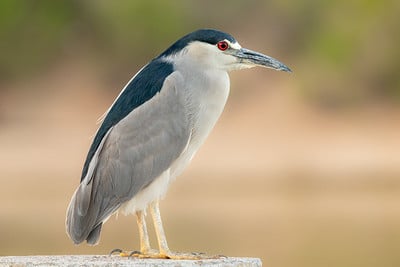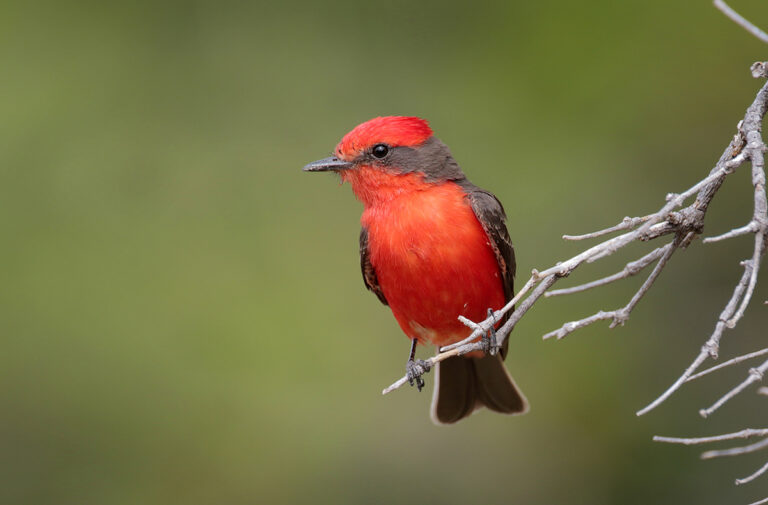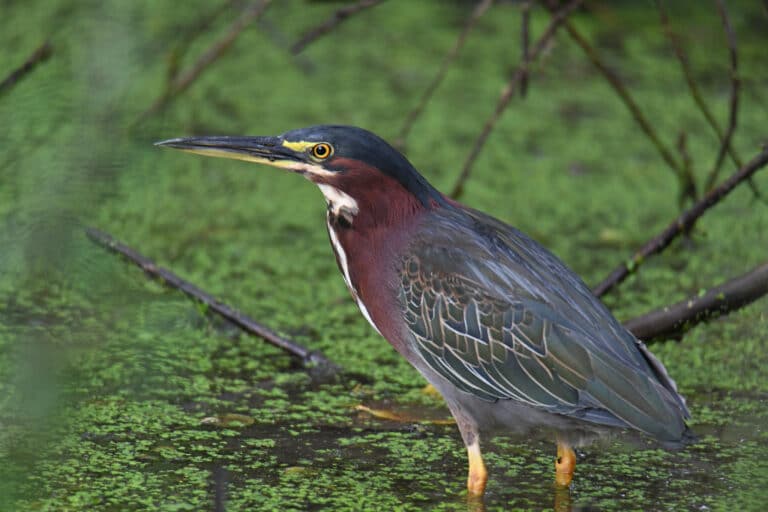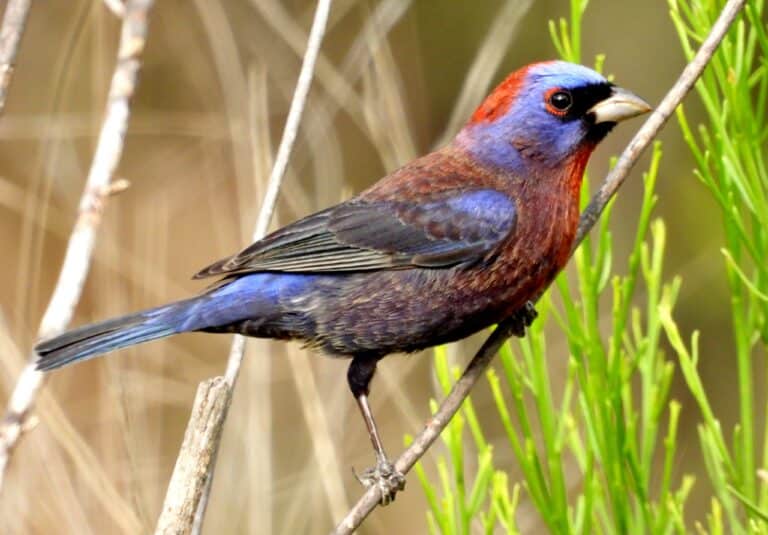I’d like to make the case that the Black-crowned Night-Heron rivals our own Vermilion Flycatcher mascot as one of the most successful bird ambassadors here in Tucson. At a location like the small pond at Reid Park, these common, stocky wetland birds seem to delight and fill with curiosity the many visitors (especially kids!) who walk right up to them for a close look as they stand, stock still at the water’s edge. Their sleek gray and black bodies, large bill, and funky white head plume, really make them stand out, and their large, piercing red eyes stare back at you almost as if to say, “Come on, try me.” Okay, I guess they’re ambassadors in their own, unique way.
The Black-crowned Night-Heron is the most widespread heron in the world, breeding in fresh and saltwater habitats on every continent except Antarctica and Australia. Most North American birds migrate south in winter, but many populations such as in California or Southeast Arizona are essentially sedentary. As you might guess from the name, they are most active during the night, from dusk to dawn, feeding on a wide variety of small, terrestrial animals and mostly fish. Like other herons, Black-crowneds are patient hunters, waiting for prey to come near, but they also hunt by vibrating their bills in the water as a lure.
The Black-crowned Night-Heron is a colonial nester, often with more than a dozen nests in a tree, and in some tropical locations, up to 5000–6000 nests in a single colony! As for those funky, head feather plumes, they are used in courtship displays where they and other feathers are raised while their eyes protrude more than usual and appear even more red. Interestingly, adults do not distinguish between their chicks and others—they will raise any placed in their nest.
The Black-crowned Night-Heron’s diet and position in the food chain have magnified its exposure to contaminants (especially DDT) that seem to have led to population declines in the 1960s. The species has often been used as an indicator of habitat quality, primarily because it is a common, colonial nester, has a wide geographic range, is flexible in habitat use, and is tolerant of degraded habitats and human disturbance. Turns out the Black-crowned Night Heron is an ambassador in more than one way.




